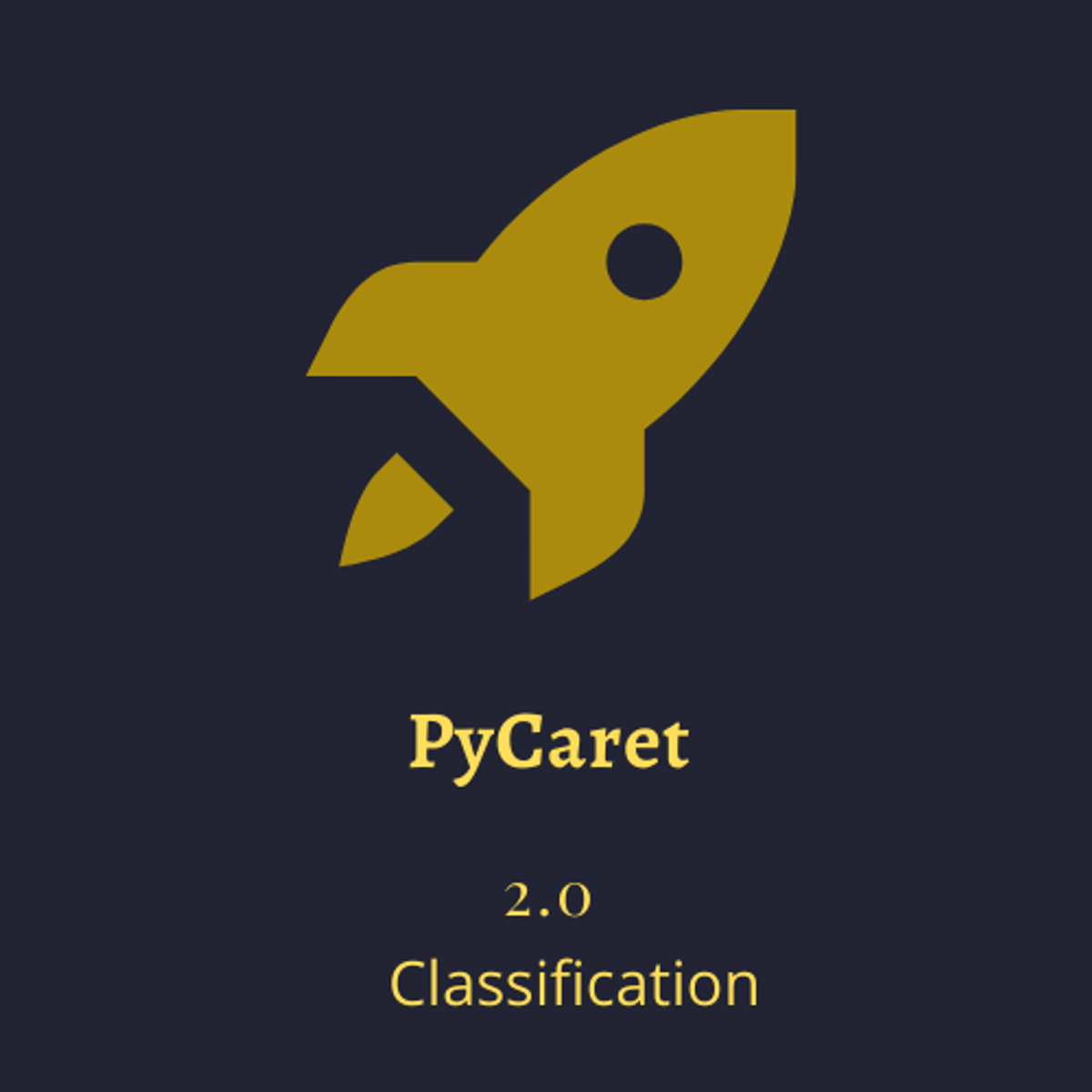Back to Courses









Data Analysis Courses - Page 66
Showing results 651-660 of 998

Data Structures
A good algorithm usually comes together with a set of good data structures that allow the algorithm to manipulate the data efficiently. In this online course, we consider the common data structures that are used in various computational problems. You will learn how these data structures are implemented in different programming languages and will practice implementing them in our programming assignments. This will help you to understand what is going on inside a particular built-in implementation of a data structure and what to expect from it. You will also learn typical use cases for these data structures.
A few examples of questions that we are going to cover in this class are the following:
1. What is a good strategy of resizing a dynamic array?
2. How priority queues are implemented in C++, Java, and Python?
3. How to implement a hash table so that the amortized running time of all operations is O(1) on average?
4. What are good strategies to keep a binary tree balanced?
You will also learn how services like Dropbox manage to upload some large files instantly and to save a lot of storage space!
Excel Skills for Business: Advanced
Spreadsheet software remains one of the most ubiquitous pieces of software used in workplaces around the world. Learning to confidently operate this software means adding a highly valuable asset to your employability portfolio. Across the globe, millions of job advertisements requiring Excel skills are posted every day. At a time when digital skills jobs are growing much faster than non-digital jobs, completing this course will position you ahead of others, so keep reading.
In this last course of our Specialization Excel Skills for Business you will build on the strong foundations of the first three courses: Essentials, Intermediate I + II. In the Advanced course, we will prepare you to become a power user of Excel - this is your last step before specializing at a professional level. The topics we have prepared will challenge you as you learn how to use advanced formula techniques and sophisticated lookups. You will clean and prepare data for analysis, and learn how to work with dates and financial functions. An in-depth look at spreadsheet design and documentation will prepare you for our big finale, where you will learn how to build professional dashboards in Excel.

PyCaret: Anatomy of Classification
In this 2 hour 10 mins long project-based course, you will learn how to set up PyCaret Environment and become familiar with the variety of data preparing tasks done during setup, be able to create, see and compare performance of several models, learn how to tune your model without doing an exhaustive search, create impressive visuals of models, feature importance and much more.
Note: This course works best for learners who are based in the North America region. We’re currently working on providing the same experience in other regions.

Essential Linear Algebra for Data Science
Are you interested in Data Science but lack the math background for it? Has math always been a tough subject that you tend to avoid? This course will teach you the most fundamental Linear Algebra that you will need for a career in Data Science without a ton of unnecessary proofs and concepts that you may never use. Consider this an expressway to Data Science with approachable methods and friendly concepts that will guide you to truly understanding the most important ideas in Linear Algebra.
This course is designed to prepare learners to successfully complete Statistical Modeling for Data Science Application, which is part of CU Boulder's Master of Science in Data Science (MS-DS) program.
Logo courtesy of Dan-Cristian Pădureț on Unsplash.com

Excel Fundamentals for Data Analysis
As data becomes the modern currency, so the ability to analyse the data quickly and accurately has become of paramount importance. Excel with its extraordinarily broad range of features and capabilities is one of the most widely used programs for doing this. In the first course of our Excel Skills for Data Analysis and Visualization Specialization, you will learn the fundamentals of Excel for data analysis. When you have completed the course, you will be able to use a range of Excel tools and functions to clean and prepare data for analysis; automate data analysis with the help of Named Ranges and Tables; and use logical and lookup functions to transform, link and categorise data.
This course will enable you to build a strong foundation in the fundamentals, helping you to be more efficient in your day-to-day and developing the necessary skills to work with the more advanced techniques used in later courses. To make the content easy to relate to and to personalize the learning experience, we are going to follow Zara's journey through the course. Who is Zara? Well, she is no-one and everyone. You will find that Zara's trials and tribulations sound familiar, and together with Zara, you will develop your Excel skills along the way — and, importantly, have some fun doing it.
The Excel Skills for Data Analytics and Visualization courses are the sequel to one of most successful specializations on Coursera, Excel Skills for Business, which has attracted hundreds of thousands of learners and top ratings. Transform your skills, your confidence, and your opportunities by adding this new set of skills to your repertoire.

Explore and Create Reports with Data Studio
This is a self-paced lab that takes place in the Google Cloud console.
In this lab, you learn how to connect Google Data Studio to Google BigQuery data tables, create charts, and explore the relationships between dimensions and measures.
Mastering Data Analysis in Excel
Important: The focus of this course is on math - specifically, data-analysis concepts and methods - not on Excel for its own sake. We use Excel to do our calculations, and all math formulas are given as Excel Spreadsheets, but we do not attempt to cover Excel Macros, Visual Basic, Pivot Tables, or other intermediate-to-advanced Excel functionality.
This course will prepare you to design and implement realistic predictive models based on data. In the Final Project (module 6) you will assume the role of a business data analyst for a bank, and develop two different predictive models to determine which applicants for credit cards should be accepted and which rejected. Your first model will focus on minimizing default risk, and your second on maximizing bank profits. The two models should demonstrate to you in a practical, hands-on way the idea that your choice of business metric drives your choice of an optimal model.
The second big idea this course seeks to demonstrate is that your data-analysis results cannot and should not aim to eliminate all uncertainty. Your role as a data-analyst is to reduce uncertainty for decision-makers by a financially valuable increment, while quantifying how much uncertainty remains. You will learn to calculate and apply to real-world examples the most important uncertainty measures used in business, including classification error rates, entropy of information, and confidence intervals for linear regression.
All the data you need is provided within the course, all assignments are designed to be done in MS Excel, and you will learn enough Excel to complete all assignments. The course will give you enough practice with Excel to become fluent in its most commonly used business functions, and you’ll be ready to learn any other Excel functionality you might need in the future (module 1).
The course does not cover Visual Basic or Pivot Tables and you will not need them to complete the assignments. All advanced concepts are demonstrated in individual Excel spreadsheet templates that you can use to answer relevant questions. You will emerge with substantial vocabulary and practical knowledge of how to apply business data analysis methods based on binary classification (module 2), information theory and entropy measures (module 3), and linear regression (module 4 and 5), all using no software tools more complex than Excel.

Learning SAS: Reading Raw Data with the List Input Method
In this 1.04 hour long project-based course, you will be able to read in external files using an input method called list, manipulate Missing values, place the DATALINES keyword in your program as well as INFILE statements and work with a Comma Separated Values (CSV) file.
Note: This course works best for learners who are based in the North America region. We’re currently working on providing the same experience in other regions.

Artificial Intelligence Ethics in Action
AI Ethics research is an emerging field, and to prove our skills, we need to demonstrate our critical thinking and analytical ability. Since it's not reasonable to jump into a full research paper with our newly founded skills, we will instead work on 3 projects that will demonstrate your ability to analyze ethical AI across a variety of topics and situations. These projects include all the skills you've learned in this AI Ethics Specialization.

Social and Economic Networks: Models and Analysis
Learn how to model social and economic networks and their impact on human behavior. How do networks form, why do they exhibit certain patterns, and how does their structure impact diffusion, learning, and other behaviors? We will bring together models and techniques from economics, sociology, math, physics, statistics and computer science to answer these questions.
The course begins with some empirical background on social and economic networks, and an overview of concepts used to describe and measure networks. Next, we will cover a set of models of how networks form, including random network models as well as strategic formation models, and some hybrids. We will then discuss a series of models of how networks impact behavior, including contagion, diffusion, learning, and peer influences.
You can find a more detailed syllabus here: http://web.stanford.edu/~jacksonm/Networks-Online-Syllabus.pdf
You can find a short introductory videao here: http://web.stanford.edu/~jacksonm/Intro_Networks.mp4
Popular Internships and Jobs by Categories
Browse
© 2024 BoostGrad | All rights reserved


